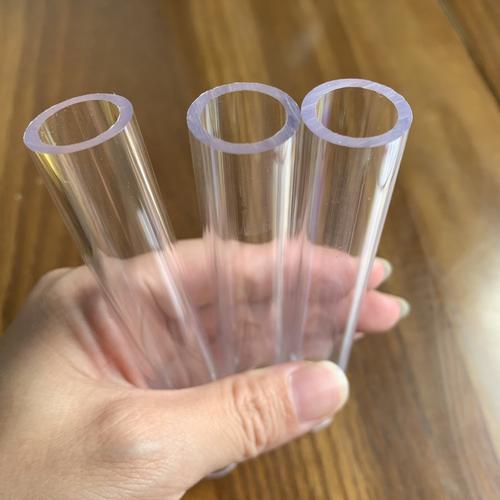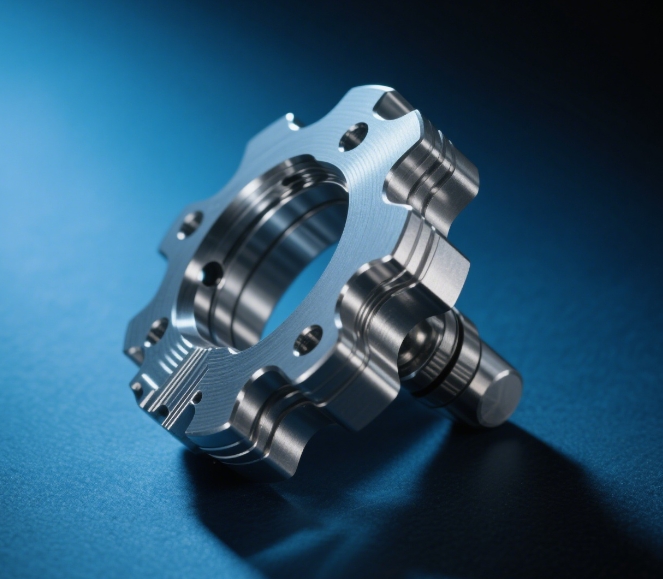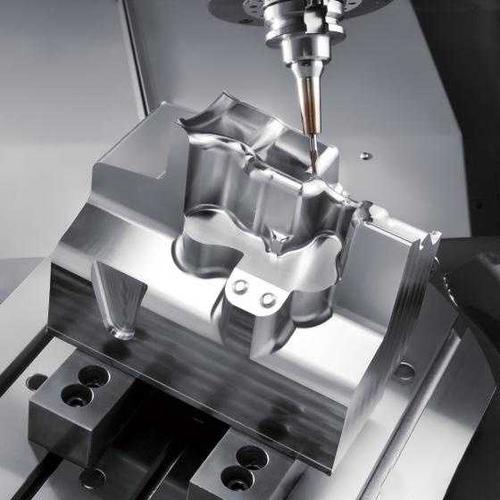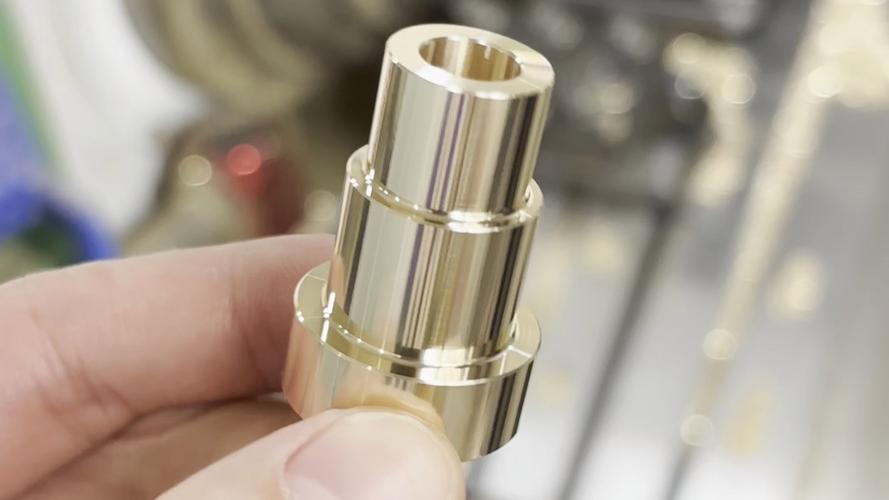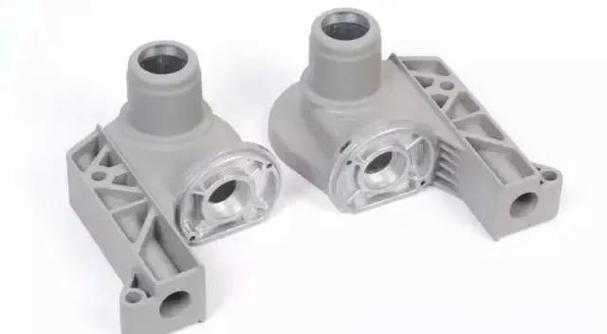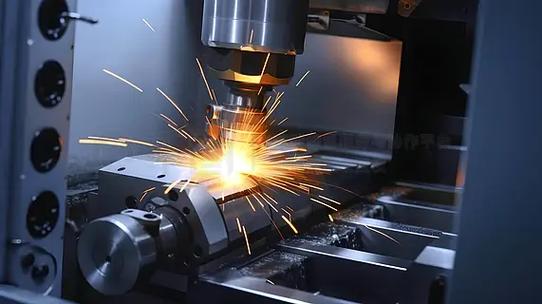Improving the hardness of plastic parts involves selecting rigid base resins, adding reinforcing fillers, optimizing processing to enhance molecular packing, and applying surface treatments. These methods increase resistance to indentation, scratching, and deformation, with key approaches including using high-stiffness polymers, incorporating rigid additives, and refining crystallization or cross-linking.
Detailed Analysis on Enhancing Plastic Hardness
1. Material Selection for Hardness
The base resin’s intrinsic properties lay the foundation for hardness:
- High-Hardness Polymers: Choose resins with naturally rigid structures. Polystyrene (PS) has a Rockwell hardness of R65–75, suitable for rigid packaging and disposable cutlery. Polycarbonate (PC) offers R118 hardness with impact resistance, ideal for electronic device casings. Polyamide 66 (PA66) reaches R118 when reinforced, making it useful for structural parts. For extreme hardness, phenol formaldehyde (PF) thermosets (Shore D 85–95) excel in electrical insulators and handles.
- Molecular Weight Control: Higher molecular weight increases chain entanglement, boosting hardness. For example, high-molecular-weight HDPE (density 0.95–0.965 g/cm³) has higher hardness than low-molecular-weight grades due to tighter packing.
- Blending with Rigid Polymers: Mixing flexible resins with rigid ones balances properties. Adding 30% PS to PP increases hardness from Shore D 60 to 75 while maintaining moderate impact resistance, suitable for toy components.
2. Reinforcing Fillers and Additives
Fillers enhance hardness by reinforcing the polymer matrix:
- Rigid Particulates: Minerals like talc, calcium carbonate, or glass beads increase hardness through dimensional stability. Adding 40% talc to PP raises its Shore D hardness from 60 to 78, used in automotive interior panels. Silica nanoparticles (1–5% by weight) disperse uniformly in PC, increasing surface hardness by 15–20% without sacrificing transparency.
- Fiber Reinforcements: Glass or carbon fibers improve both surface and bulk hardness. 30% glass fiber-reinforced PA66 achieves a Rockwell hardness of R120, up from R100 for unfilled PA66, ideal for gear teeth and structural brackets. Carbon fibers add conductivity alongside hardness, beneficial for antistatic parts.
- Cross-Linking Agents: Thermosetting resins (e.g., epoxy, unsaturated polyester) use cross-linking to form rigid networks. Adding peroxides to PE induces cross-linking, increasing Shore D hardness from 60 to 70, useful for pipe fittings requiring pressure resistance.
3. Processing Parameter Optimization
Processing controls influence molecular arrangement and hardness:
- Temperature Regulation: Higher melt temperatures for semicrystalline polymers (e.g., PP, PA) promote better crystal formation. PP processed at 200–220°C forms smaller, more uniform crystals, increasing hardness compared to lower temperatures that cause larger, weaker crystals. For amorphous polymers like PC, avoiding overheating (≤300°C) prevents chain degradation, which reduces hardness.
- Cooling Rate: Rapid cooling (via chilled mold temperatures of 10–20°C) for crystalline resins like PP increases crystallinity, enhancing hardness. For example, PP parts cooled at 15°C achieve 10% higher crystallinity and Shore D 70 hardness, versus Shore D 65 with slow cooling.
- Injection Pressure: Higher pressure (100–150 MPa) compresses the melt, reducing voids and increasing molecular packing. This raises the hardness of PS parts by 5–8% (from R65 to R70) by minimizing internal gaps that weaken the structure.
4. Surface Treatments for Hardness
Surface modifications boost wear resistance without altering bulk properties:
- Hard Coatings: Applying ceramic or diamond-like carbon (DLC) coatings increases surface hardness. A 5–10 μm DLC layer on PC parts raises hardness from Shore D 85 to 95, resisting scratches in smartphone screens. Silicone-based hard coats on PMMA lenses improve abrasion resistance while maintaining transparency.
- Plasma Etching: Exposing surfaces to plasma (e.g., oxygen or nitrogen) creates cross-linked layers. Plasma-treated PE has a 30% harder surface, useful for packaging needing scratch resistance.
- UV Curing: Applying UV-curable resins (acrylates) and curing with UV light forms a rigid top layer. This method increases the surface hardness of ABS from Shore D 70 to 85, used in automotive trim to resist scuffs.
5. Application-Specific Solutions by Industry
Different sectors require tailored hardness enhancements:
- Electronics: Smartphone casings (ABS/PC blends) use 20% glass fiber reinforcement and DLC coatings to achieve Shore D 85, resisting drops and scratches. Keyboard keycaps (POM) add 10% carbon fiber to increase hardness, preventing letter wear.
- Automotive: Interior door handles (PP+talc) with 30% filler reach Shore D 78, resisting indentation from repeated use. Exterior trim (PA66+glass) uses 40% fibers for R120 hardness, enduring impacts and weathering.
- Packaging: Rigid food containers (PS or PET) rely on high-molecular-weight resins and 10% mineral fillers to achieve Shore D 70, preventing deformation under stacking.
- Industrial Parts: Gear wheels (PA66+glass fiber) require Rockwell R115 hardness to withstand meshing forces, while tool handles (PF thermosets) use Shore D 90 hardness for durability.
6. Testing and Validation
Ensure hardness meets requirements with standardized tests:
- Shore Hardness: Measure surface hardness using Shore A (for flexible plastics) or Shore D (rigid plastics). For example, automotive trim parts typically require Shore D 75–85.
- Rockwell Hardness: Used for rigid polymers, with PC requiring R115–120 for structural applications.
- Scratch Resistance: Test with a pencil hardness tester—electronics casings often need ≥3H pencil hardness to resist everyday scratches.
- Indentation Resistance: Apply a fixed load (e.g., 1kg) with a steel ball and measure indentation depth; acceptable values vary by industry (e.g., <0.1mm for precision gears).
By combining material selection, reinforcement, processing control, and surface treatments, plastic parts can achieve targeted hardness levels, meeting the demands of diverse applications from consumer goods to industrial machinery.
